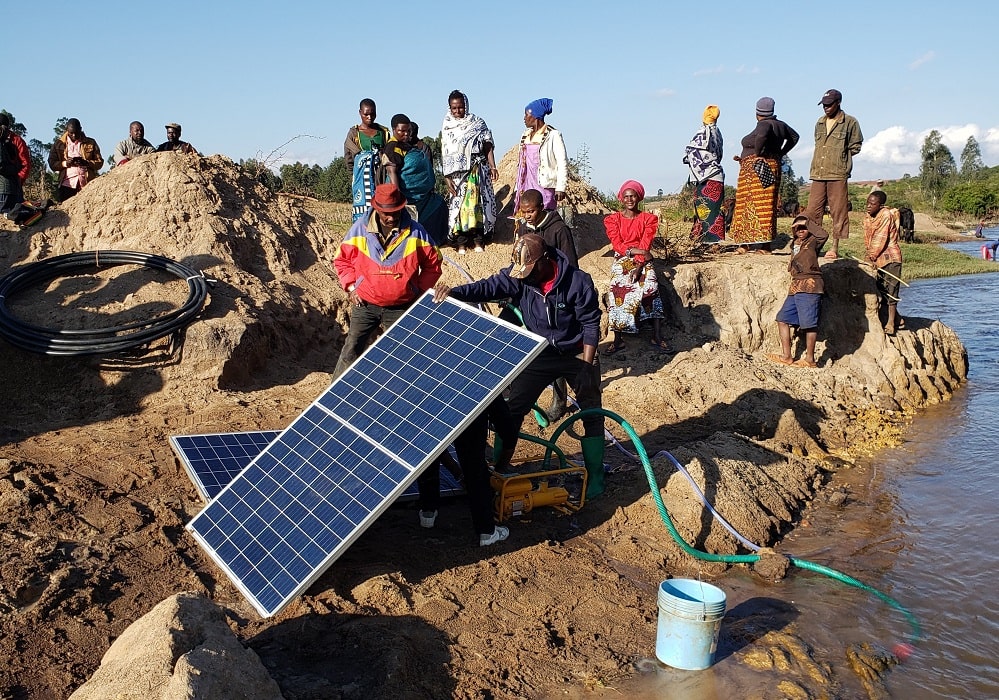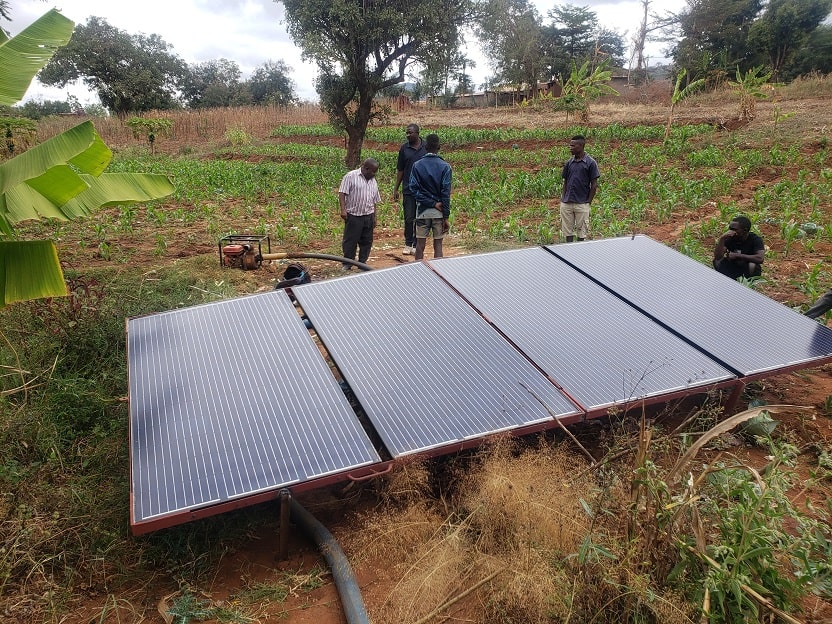In Tanzania, only 2.36%, of the land suitable for irrigation is being irrigated and the country’s reliance on rain-fed agriculture limits productivity and increases the vulnerability of farmers to droughts and the effects of climate change. The Government has set a target of reaching coverage of 1,243,230 hectares in the year 2025 from the current one of 694,715 hectares, and the private sector has been highly sensitized to develop irrigation systems. However, the common pumping equipment available to the smallholders who cultivate most of the country’s farmland are conventional fuel pumps, which while they increase productivity, they eat into their margins. Such systems also use large quantities of water because most farmers use an inefficient open canal method.
“These irrigation practices are detrimental to the environment and the inefficient water usage pose a further pressure on already stressed water sources.” says Sisty Basil, Executive Director of ELICO Foundation. Therefore, there is a strong need to transform these irrigation practices into sustainable and efficient ones and we believe the use of solar powered irrigation systems is one of the solution. However the challenge has always been getting these renewable energy solutions into the hands of smallholder farmers in rural Tanzania. He added
Solar-powered irrigation pumps have been used by farmers in a number of countries, where they have proven to be less costly to operate and more water-efficient. According to the Tanzania Renewable Energy Association (TAREA) it is estimated that the average cost of one fuel powered pump per year is TZS 3,810,000 (US$1,640) with a lifespan of 4 years while the cost of using 3hp solar pump for the life span of 15-20 years is TZS 10,000,000 (US$4,310). So after 2.6 years the financial benefits of the solar-powered pump outweigh the fuel powered pump over and above its capacity to reduce carbon emissions



